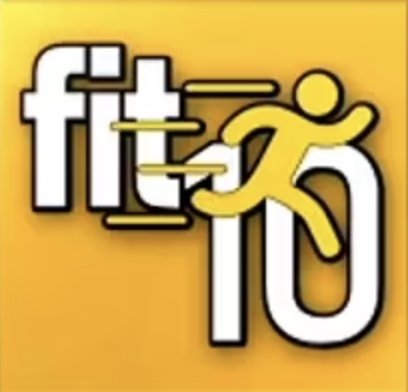Low exercise demand humans
Less movement Increases the risk of dying prematurely; increases the risk of dying from heart disease; increases the risk of developing diabetes; increases the risk of developing high blood pressure; raises blood pressure in people who already have high BP; increases the risk of developing colon cancer; increases feelings of depression and anxiety; makes it very difficult to control weight; weakens bones, muscles, and joints; and decreases psychological well-being. WOW!
The choice seems pretty simple to me! Clearly, increasing your physical activity will make a huge change in your quality of life, not to mention your medical bills.
Dr. Daniel Anen, author of the bestselling book, "Change your brain change your life", says, that as it pertains to your brain, exercise is literally the fountain of youth. Exercise consistently and you will change your brain.
When you exercise, you think better, concentrate better, and your memory will be better. Exercise boosts blood flow to the brain. Exercise boosts growth factors in the brain that help you grow neurons! You say, "Wait a minute...I thought we were born with all the brain cells we would ever have."
Well, here's some great news; ten years ago, scientists discovered that the brain can produce new neurons, and exercise makes it happen!
And here’s more great news about exercise; exercise helps depression. A head-to-head study compared Zoloft (considered one of the best antidepressants) with exercise. At the end of 12 weeks they were equally effective. At the end of 10 months, exercise blew the socks off Zoloft!
So think about it…you can take Zoloft for 12 weeks and not be depressed-but keep in mind that 60-80% who take antidepressants suffer sexual side effects-or you can exercise for 12 weeks and not be depressed. And, have a better body and no sexual side effects!
What's amazing is how much we adapt to either a proper amount of exercise or none at all. What I mean is this; for anyone who has worked out sufficient to what their body really needs—and done so consistently enough to experience all of the wonderful benefits like, better sleep, increased energy, increased stamina, etc.—they seldom ever give it up.
On the other hand, those who have not truly experienced those benefits, or cannot remember what it was like when they did, often become conditioned to not exercising at all, or feeling like they need to.
Dogs do the same thing. Though there are what's called low-demand-exercise-dogs and high-demand-exercise-dogs, all dogs will adjust down to virtually sleeping all the time, if their owner refuses to give them the exercise they need.
The exact opposite is true, however, for dogs that are properly exercised. My dog Maggie is a great example. Maggie is a high-demand-exercise-dog. She is wired to run and jump!
Maggie was without question the best birthday present I have ever been given. I'll never forget the day we went to the animal shelter and picked her out. It was really my step daughter, Mary Kent, who spotted her first. She was about the size of a large baked potato, cute as a button with more skin than body.
The first thing I did when I took her out of the crate after getting back home was put her on the lawn. Imagine how wonderful it felt for Maggie to feel that cool soft, real grass under her feet and body after spending all those lonely days and nights in a steel cage. If dogs can grin, she was grinning!
After rolling around in the grass awhile, she took off running, and she's been running ever since. At first she was tripping all over herself, with her head hitting the ground as often as any of her legs. But as she grew, she grew strong and very, very fast.
Early on while she was still very young, Melinda and I would take her for a walk/run at the National Park that borders our subdivision. Though now a well behaved push-button-dog, she was nothing of the sort back then. She hated the leash, primarily because it prevented her from doing what she loves best—running.
We discovered that if we went to the park at off peak times, or very early in the morning, there were rarely Rangers around. So, as just a little puppy, she got used to the park by having the freedom to run and play off the leash. Today, she knows that park like the back of her paw.
Her favorite thing to do is chase things; squirrels, deer, Rangers (just kidding). For a long time, her sole goal in life was to catch a squirrel. They were always too quick and trees were too close for them to scamper up quickly. One day—probably the proudest day of her life—she saw a squirrel right out in the middle of the big open field. He was chewing on a nut and was so preoccupied that he didn't notice Maggie coming his way at about 115 mph.
I quickly did the math in my head on time and distance, and realized Maggie was actually going to catch her first squirrel. I wondered what she would do with it once she caught it. Maggie didn't seem like one to hurt another animal unless it was trying to hurt her.
I laughed as she pounced on it. The squirrel, shocked to have been caught, just froze. Maggie was now very frustrated because all she wanted to do was play. So here's Maggie, literally pushing the squirrel with her nose, in essence saying, "OK, you're it…now chase me!"
Don't you find it amazing that dogs have figured out the extraordinary benefits of strenuous exercise, while so many humans have lost sight of those benefits, and are willing to settle into a sedentary life at the expense of their own health and wellbeing?
